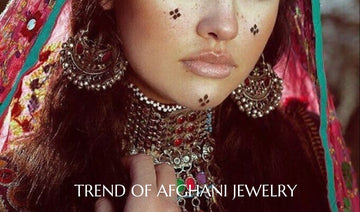Tags:
jewelry
Jewelry

Sign up for our newsletter today and never miss out on the best of M.B Collections! By subscribing, you agree to our Terms & Conditions.
Are you 18 years old or older?
Sorry, the content of this store can't be seen by a younger audience. Come back when you're older.
